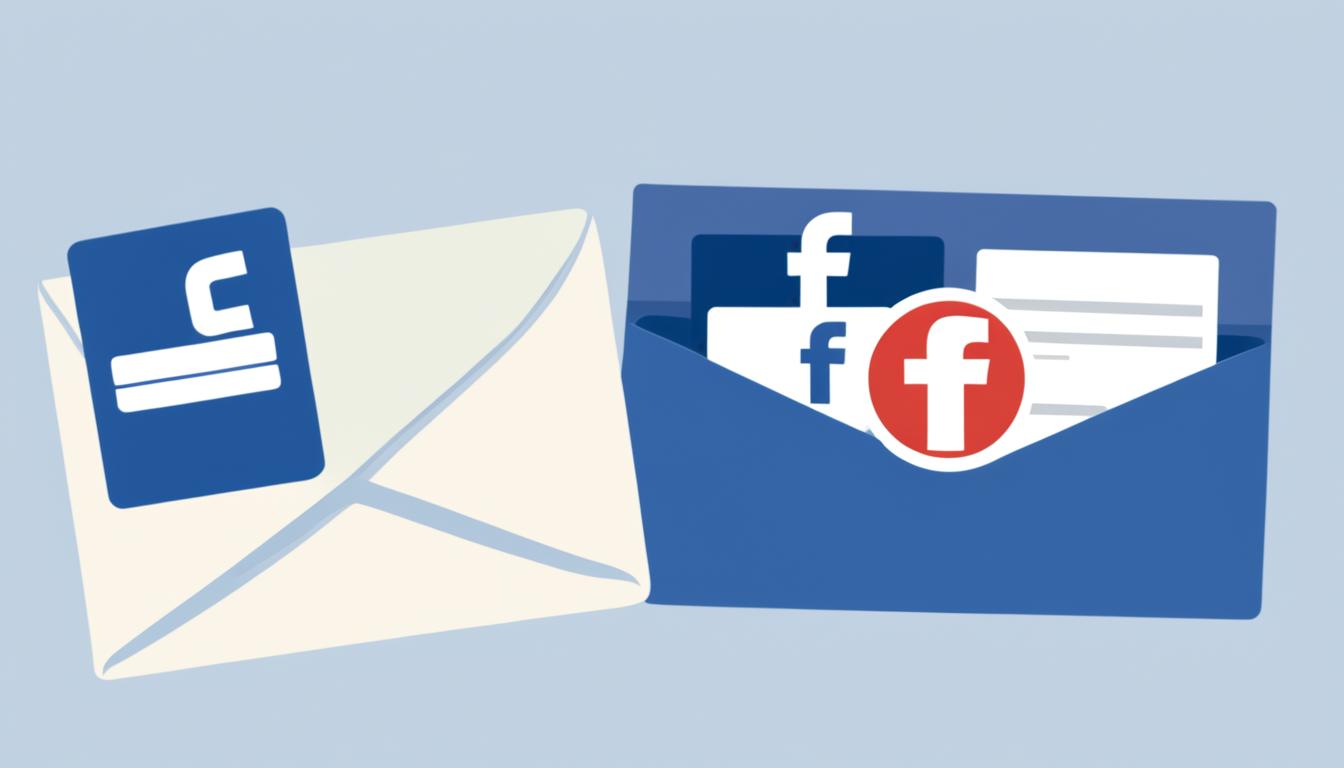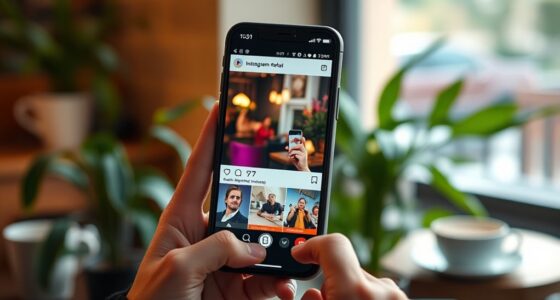To construct an omnichannel funnel, you need to align your email and social touchpoints by syncing messaging, timing, and personalization strategies. Use customer data to trigger relevant emails and retargeted social ads that reinforce each other. Guarantee your brand voice remains consistent across channels for a seamless experience. By matching content and timing, you create a unified journey that boosts engagement and conversions. Keep exploring for deeper ways to optimize your cross-channel approach.
Key Takeaways
- Synchronize messaging and timing across email and social channels to ensure a cohesive brand experience.
- Use customer data to trigger personalized follow-ups and retargeted ads aligned with email interactions.
- Align content themes and offers across channels to reinforce messages and increase engagement.
- Leverage automation to coordinate campaigns, ensuring consistent touchpoints throughout the customer journey.
- Continuously analyze response data to refine synchronization strategies and improve overall omnichannel effectiveness.

Creating an effective omnichannel funnel is essential for meeting your customers wherever they are and guiding them seamlessly toward a purchase. To do this successfully, you need to understand your audience through customer segmentation. By dividing your audience into specific groups based on demographics, behaviors, preferences, and purchase history, you can tailor your messaging to resonate more deeply. Customer segmentation allows you to identify distinct customer needs and craft targeted campaigns that speak directly to each segment’s interests, increasing engagement and conversion rates.
Effective omnichannel marketing starts with customer segmentation to tailor messages and boost engagement.
Once you’ve segmented your audience, content personalization becomes your most powerful tool. Personalization involves customizing your messaging, offers, and content based on individual customer data. When your emails and social media posts reflect your customers’ preferences, they feel understood and valued, which boosts trust and loyalty. For example, if a customer frequently purchases fitness gear, your personalized emails can highlight new products or discounts in that category. On social media, personalized content can come in the form of tailored ads or posts that align with their browsing habits and engagement patterns. These strategies make your interactions more relevant, encouraging customers to move further along the funnel.
Integrating email and social touchpoints effectively requires synchronizing your messaging and timing. When a customer receives a personalized email promoting a product they’ve shown interest in, follow-up social media ads should reinforce that message, creating a cohesive experience. You can use customer data to trigger specific actions—like sending a discount code via email after a customer abandons a cart or showing retargeted ads on social media that mirror the content of your email campaigns. This cohesive approach guarantees your audience perceives a unified brand voice and experience, which increases their likelihood of converting.
Moreover, continuously analyzing your customer data helps refine your segmentation and personalization efforts. Track how different segments respond to various messages across channels, and adjust your content accordingly. This ongoing process enables you to optimize your omnichannel funnel, making it more efficient in nurturing leads and closing sales. Remember, the goal is to create a seamless journey across all touchpoints, where each interaction feels relevant and timely.
Frequently Asked Questions
How Do I Measure Success Across Multiple Channels?
You measure success across multiple channels by tracking key metrics within the customer journey, like engagement, conversions, and retention. Use data analytics tools to analyze these metrics, identifying patterns and areas for improvement. By comparing performance across email and social touchpoints, you can see how each influences the overall journey. This approach helps you optimize your omnichannel strategy, ensuring each touchpoint effectively moves prospects toward your goals.
What Tools Are Best for Omnichannel Integration?
You need the ultimate tools for seamless omnichannel integration, and that’s where CRM platforms like Salesforce or HubSpot shine—they handle data synchronization flawlessly. These tools act as the backbone of your strategy, ensuring every email and social touchpoint syncs perfectly in real-time. With robust CRM integration, you’ll effortlessly unify customer data, creating a smooth, personalized experience across channels that feels like magic to your audience.
How Can I Personalize Messaging Effectively?
You can personalize messaging effectively by leveraging customer segmentation to target specific groups with relevant content. Use dynamic content in your emails and social media posts to adapt messages based on individual preferences, behaviors, and interactions. Regularly update your segmentation criteria and content strategies to keep messaging fresh and aligned with customer needs, ensuring a seamless and personalized experience across all touchpoints that boosts engagement and conversions.
What Are Common Pitfalls in Omnichannel Funnel Development?
You often face channel fragmentation and data silos, which can derail your omnichannel efforts. These pitfalls cause inconsistent messaging and poor customer experiences. To avoid them, make certain your channels are integrated and your data flows seamlessly across platforms. Regularly audit your systems, unify your data sources, and maintain clear communication across teams. This approach helps you deliver a cohesive, personalized experience and keeps your omnichannel strategy on track.
How Do I Ensure Consistent Branding Across Channels?
Did you know that consistent branding can increase revenue by up to 23%? To guarantee this, focus on maintaining visual branding and tone consistency across all channels. Use a shared style guide, including logos, colors, fonts, and messaging guidelines, so your brand looks and sounds the same everywhere. Regularly review your content to spot discrepancies, and train your team to uphold these standards for a seamless customer experience.
Conclusion
Now, you’re the conductor of this symphony, harmonizing email and social touchpoints into a seamless melody. When each channel plays its part in perfect tune, your audience feels the rhythm and flows effortlessly through your funnel. Think of it as weaving a vibrant tapestry, where every thread connects to create a vivid, enthralling story. Master this orchestration, and watch your brand’s journey become an unstoppable force, guiding prospects smoothly from awareness to loyalty.








